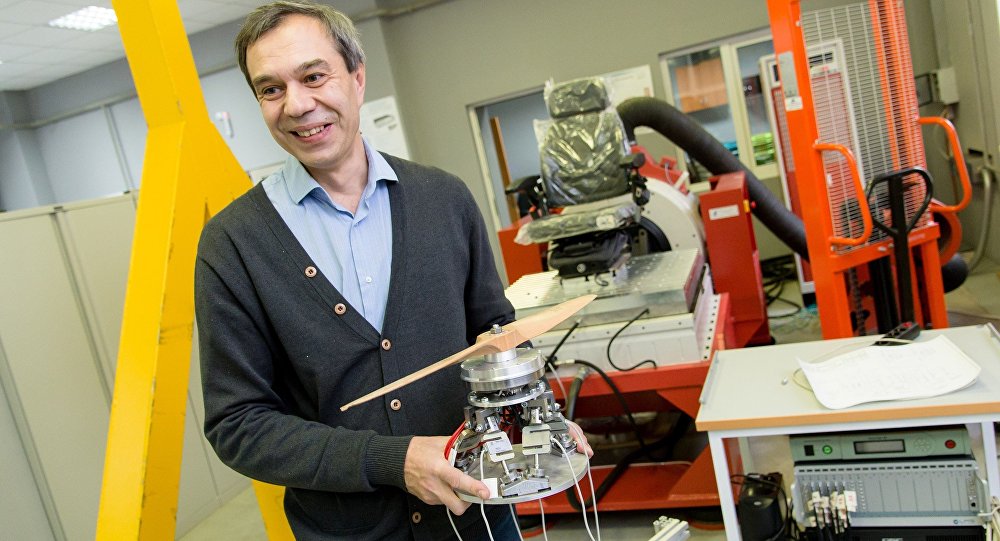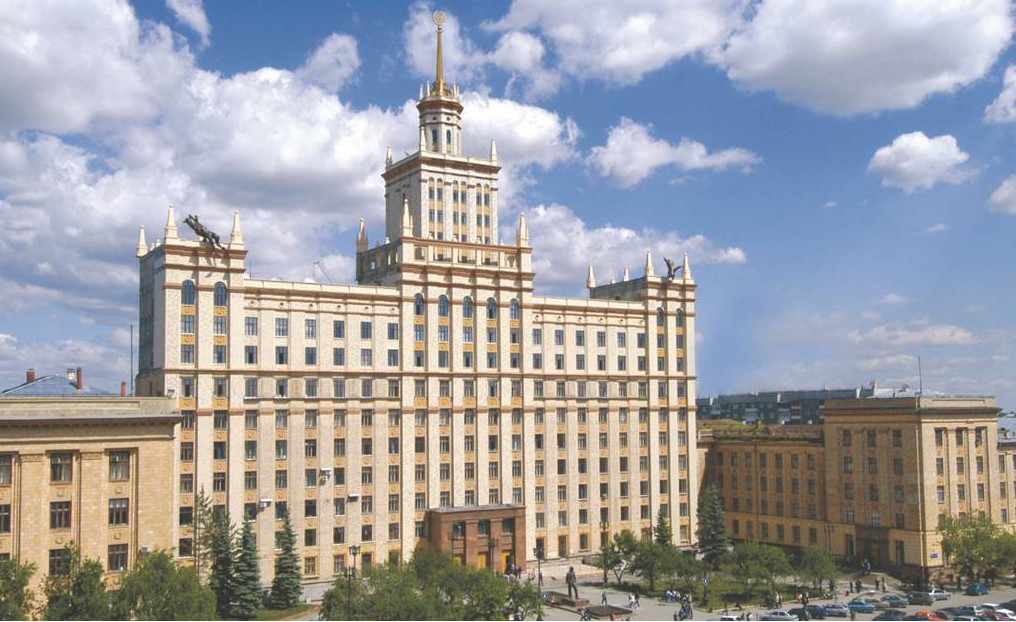Scientists at the Polytechnic Institute of South Ural State University (SUSU) in Russia have invented a new brushless motor-driven engine configuration using 3D printing, with potential applications in drones and aerospace technology.
The motor was designed and manufactured by SUSU’s Project 5-100 funded researchers Andrey Sogrin, Pavel Lykov and Vitaliy Varkentin, who were supervised by research director Viktor Fyodorov. It replaces the traditional brushes with 3d printed light metal alloy electric coils, and the process is currently patent pending.
The advantage of brushless motors
Motors are sometimes preferable in engines than pistons because they have fewer parts, and, by extension, they are more efficient with the energy they consume. In the case of engines, it makes electric traction a more environmentally friendly and a more reliable alternative to piston traction.
Brushed motors rely on a device known as a commutator, with stationary contacts known as brushes. The commutator is located on the stator (stationary part of the motor) and via the brushes, it makes contact with the rotor (moving part), reversing the electric current every 180 degrees and keeping the motor moving.
The friction and the resistance of the brush use up significant power, while repeated and abrupt switching of the current direction causes sparks, which are a fire hazard. SUSU’s brushless solution involves placing a series of rare-earth magnets on the rotor, and conductive coils on the stator, creating a travelling magnetic field which brings the constant motion of the rotor with it.

SUSU’s motor design for drones
SUSU’s brushless motor was used in a compacted engine configuration. The motor’s electric stator coils were manufactured from a light metal alloy using 3D printing. The current distributor, through which the electric current is able to jump across from rotor to stator coils, has a variable cross-section. This reduces the resistance of the motor when combined with the light metal alloy stator coils.
“Nowadays, all drones, quadcopters and electric helicopters use such electric motors as the main motion driver. The issue becomes the increasing power of such machines and their implementation in manned aviation,” explained Fyodorov.
“The specificity of our motor is in the fact that it has the power of 3 kilowatts and an active system mass of about 750 grams.”
The SUSU motor may minimize parts, weight and energy consumption in an affordable manner. 3D printing components for these motors will make them more accessible for drones, quadcopters and electric helicopters, in both manned and remote flight. Brushless motors have been previously 3D printed by aerospace company Rocket Lab, where they were powered by lithium-ion batteries to turbopump liquid rocket fuel.

Nominations for the second annual 3D Printing Industry Awards are now open. Make your selections now.
For more information on drones and 3D printing, subscribe to our free 3D Printing Industry newsletter, follow us on Twitter, and like us on Facebook.
Featured image shows the TERN drone. Image via DARPA.

